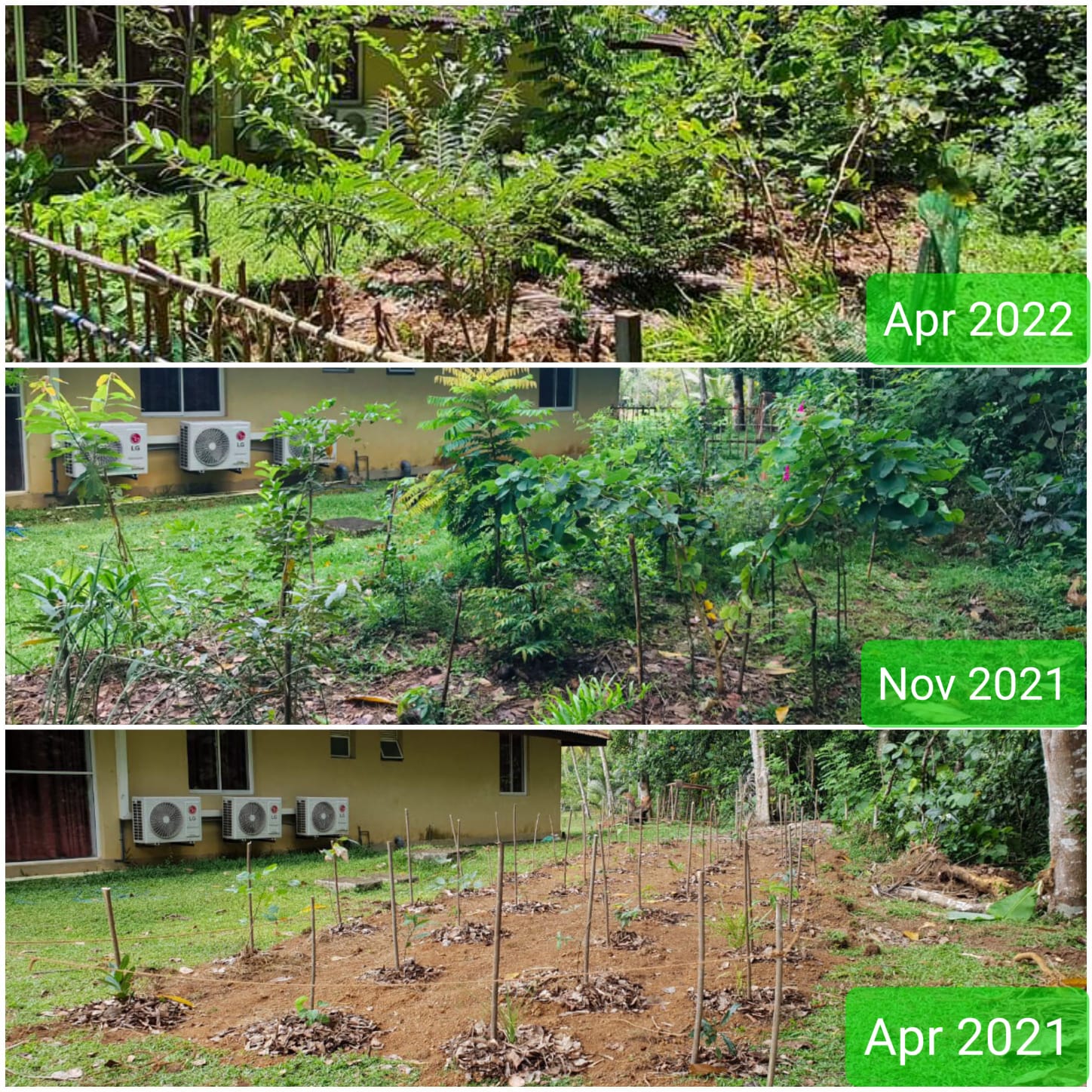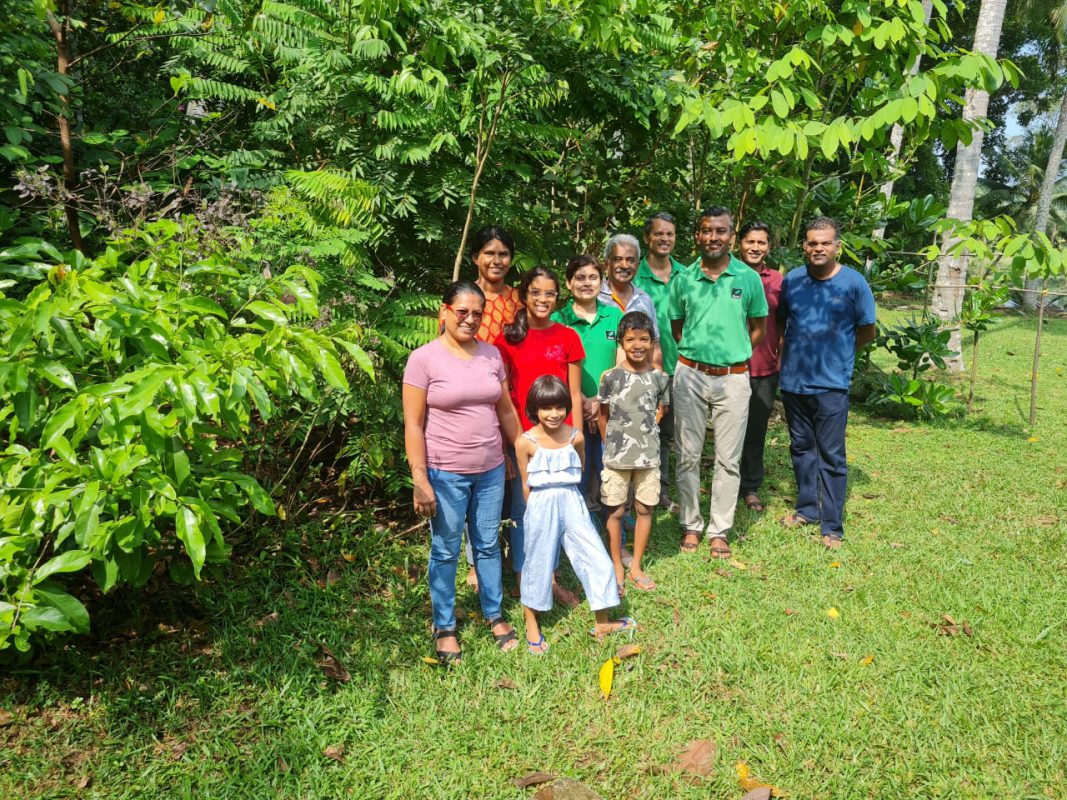Urban Forestry
Deforestation continues to be extensive in the tropics, resulting in reduced soil water content. Reforestation is an effective way to recover soil water content, but the recovery depends on the type of reforestation efforts that are implemented.
Urban forestry is an integrated concept, defined as the art, science, and technology of managing trees and forest resources in and around community ecosystems for the psychological, sociological, aesthetic economic, and environmental benefits trees provide society. It emerged as a discipline in North America in response to better ways to deal with the growing importance of tree-dominated urban greenspace, as well as growing pressures on green areas. During recent decades an international urban forestry research community has developed, as has an increasing body of knowledge as well as new approaches and techniques. Urban forestry has close links to forestry but tends to be more multidisciplinary.
Thuru Urban Forestry @ 2022 - 2023.
Miyawaki Methord
Miyawaki Methord
This method of afforestation was developed by the Japanese botanist and plant ecology expert Professor Akira Miyawaki and draws inspiration from nature’s ecosystems to create 100% organic, dense and diverse pioneer forests in as little as 20-30 years.
Miyawaki forests grow 10x faster, are 30 x denser and contain 100x more biodiversity. Since they’re quick to establish, maintenance-free after the first two-to-three years, and can be created on sites as small as 3 sq m, Miyawaki forests are viable solutions for cities looking to rapidly build climate resilience.
The Miyawaki method mimics the way a forest would recolonize itself if humans stepped away. Only native species that would occur naturally in that area without humans, given the specific climate condition, are planted. Indigenous plant species have spent thousands of years adapting to their local environment to create a supporting ecosystem, so planting them doesn’t just reinstate this biodiversity – it builds a site that’s more responsive to climate change.
The Miyawaki method isn’t just unique because it restores native habitats using native trees; the afforestation principles are based on an understanding of how these species would interact in a natural forest. You plant a diverse mixture of trees close together to maximize density and create balance. Nature doesn’t thrive in grids of 1.5m; seeds drop from trees randomly to stimulate growth, or fallen trees open clearings to the sun. As the closely planted saplings must compete for light, which only shines on them from above, they shoot upwards very fast instead of sideways.
Sometimes less is more, but in this instance, planting a huge variety of native trees close together means an increase in biodiversity. The denseness of growth provides a greater amount of forage for pollinators and refuge for birds. More canopies cover shades out weeds and creates a cool home for insects, plus the increased leaf litter builds fertility and life in the soil. Also, if you have a variety of tree species, you have others to step in if one succumbs to disease.

1. Sarvodaya Institute Of Higher Learning – Bandaragama

2. Planned Miyawaki Forest At Mathurata Estate – Deniyaya


